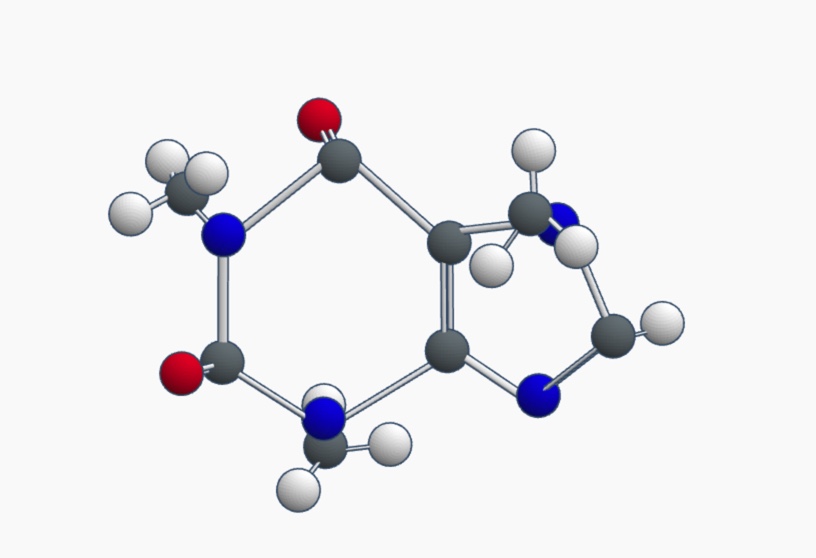

She was born in 1929 in New Zealand, the daughter of a ‘coach builder’, census records show. She describes her friend as being brilliant, generous, caring and dignified, thanks partly to her upbringing. Sutor was ‘very, very proud’ of her hydrogen bonding work according to Julian. ‘Acceptance of women in science, particularly the physical sciences, was by no means complete,’ Schwalbe wrote. ‘Someone like Donohue, who had solved dozens of crystal structures, might conceivably resent June Sutor, who solved a handful and then dived into the literature with this new concept,’ Schwalbe tells Chemistry World. 3 Sutor’s evidence wasn’t conclusive, and her ideas would only be widely accepted as true after she left structural crystallography research. ‘This type of hydrogen bonding became almost unmentionable,’ wrote Carl Schwalbe, a retired crystallographer at Aston University in the UK, in his account of her story. And Donohue was powerful, in part from thanks to sharing an office with James Watson and Francis Crick in 1952, and his subsequent role in helping guess DNA’s double-helix structure.

Yet her ideas were rejected by Jerry Donohue, an American crystallographer and hydrogen bonding expert. In 1962 2, Sutor published two papers describing attractive hydrogen bonding interactions involving hydrogen atoms attached to carbon atoms, as sole author. Thanks to Maureen Julian, at whose wedding this was taken June Sutor, in one of the few photos we could track down of her.


 0 kommentar(er)
0 kommentar(er)
